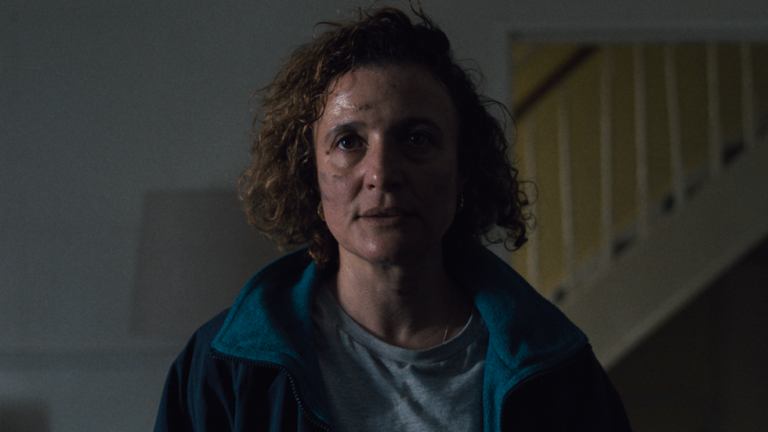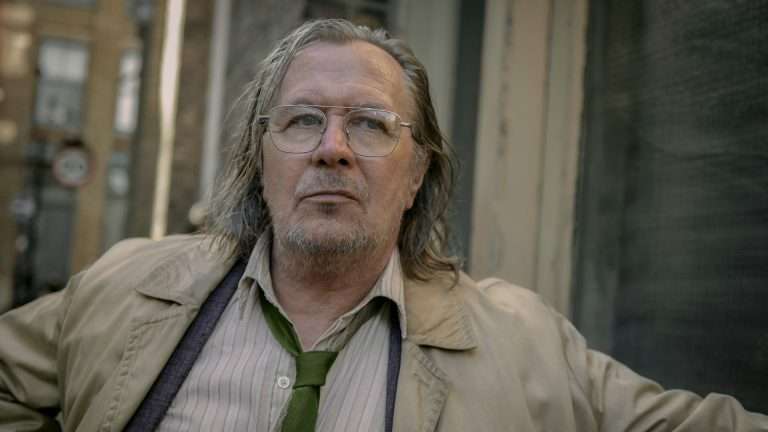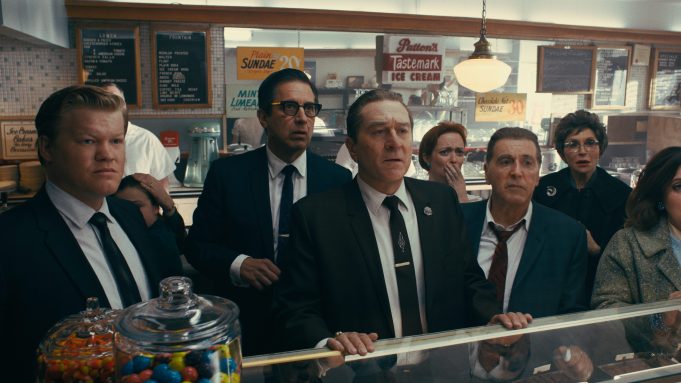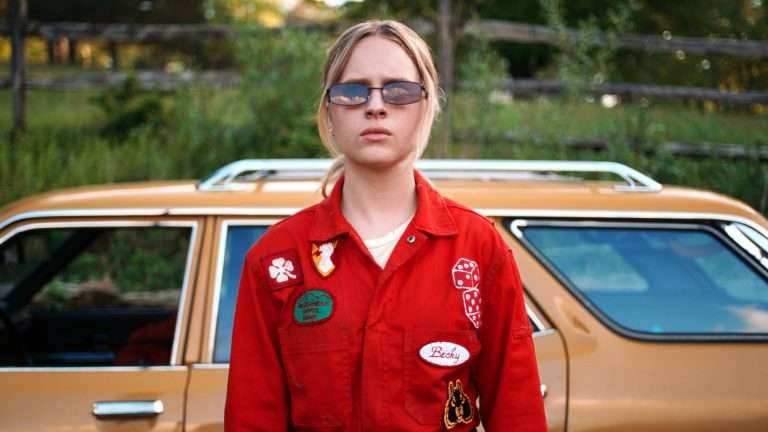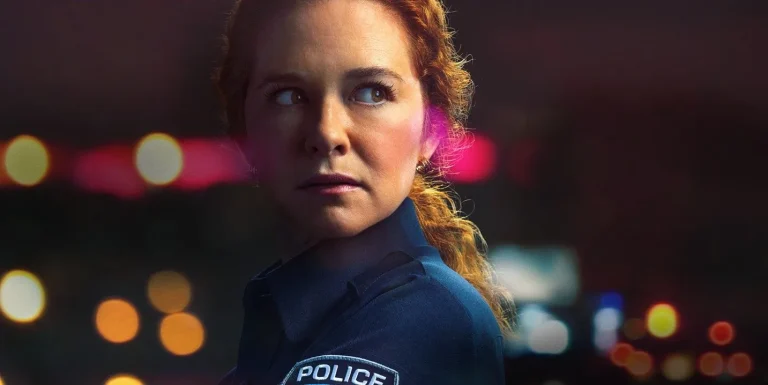By the Academy’s definition, an adapted screenplay can stem from any source material crossing into another medium. That includes not just literary works but also sequels, remakes, and even spiritual continuations. Yet, despite this broad creative leeway, it is book adaptations that often turn out to be the trickiest. Cinema born from literature has historically found itself under scrutiny because of one lingering debate: should a film be judged by how it reimagines the text, or on its own standalone merit?
It’s a dilemma Wes Anderson essentially bulldozed with his 2023 series of Roald Dahl shorts—quirky, self-contained fables that wore their theatricality like armor. They functioned more as visual audiobooks (or a “v-book,” if you want to sound like Silicon Valley), at least structurally, if not in soul. Watching Polly Steele’s “Four Letters of Love,” her sixth feature as director, you begin to wonder if that debate is even worth having in this case.
Based on Irish novelist Niall Williams’ 1997 bestseller, and adapted for the screen by Williams himself, this film doesn’t take Anderson’s playful, defiant approach. Instead, it casts a handful of dependable mainstream actors and tries to build an expansive emotional world around them. But it also clutches tightly to every soft-focus cliché of late-aughts feel-good romantic drama.
None of that really lands, though, because what you’re left with feels like a film whose primary ambition is to simply read the novel aloud over 110 minutes. If that were truly its intention, you might mistake it for a documentary homage to the source material. Sadly, it isn’t. It insists on being fiction—and yet refuses to function as one. At its core, the film tells the story of Nicholas, a gentle, uncertain young man with a civil servant father who ditches his job to become a painter and escape to a remote West Irish island.
Naturally, in all artistic legacies, such fathers are symbols, foreshadowing the tortured, romantic archetypes their sons are fated to become. Parallelly, we’re introduced to Isabel Gore, a native of that same island, sent to a mainland convent school after her brother develops seizures and loses mobility due to an accident.
That narrative beat clears the stage for her to run off with Peader, a local bad boy with charm and no moral compass. The school, naturally, won’t have her. The plot hinges on destiny: that Isabel and Nicholas will somehow cross paths, ‘see’ each other, and be drawn into a quietly raging romance.

Given that setup, and its full-blown musical swells, you’d assume the film wants to immerse you in the enduring warmth of human love, its magic, and its redemptive glow. But Williams’ script itself betrays that promise, because this so-called central romance only fully arrives in the film’s final act, when the leads finally speak an actual sentence to one another. This is also the most bizarre stretch of narrative in the entire runtime: the male lead stays with Isabel’s mother and tries to convince her to forward his love letters to her already-married daughter. It plays like a fever dream dressed in sincerity.
The miracles that the film reveres, then, aren’t really romantic ones—they’re theological. And literal. The Father, Son, and holy ghost are all here, stitched into the film’s aesthetic and mood. Pierce Brosnan plays William, Nicholas’ disturbed-artist father, who receives a “vision from God,” quits his bureaucratic job, and sets sail on a wild painting spree by the sea.
Because Nicholas narrates the film while working at a poetry-research job, much of the narrative becomes fixated on this brooding, overwritten father figure. He eventually dies in a fire and is later suggested to bequeath his son from beyond the grave. Religion becomes such a bizarre fixation that even Damien Elliott’s lush camerawork begins to feel like ornate Christian propaganda.
Despite the thematic muddle, it’s the performances that drag this broken ship of a film to shore. Fionn O’Shea and Ann Skelly have so little to work with in terms of writing that even at their most natural, they resemble actors you call when Timothée Chalamet and Saoirse Ronan aren’t answering the phone. Still, the sheepish chemistry they build by the end is just enough to bear the final stretch.
Helena Bonham Carter and Gabriel Byrne, as Isabel’s parents, give the most grounded performances. Their dynamic feels more lived-in than the young lovers’ paper-thin affair at the story’s heart. But the film’s most affecting moments belong to Donal Finn. As Isabel’s brother Sean, his character’s miracle healing—while conventional in its ‘God loves you’ beat—lands surprisingly well, thanks to Finn’s quiet sincerity.
Still, “Four Letters of Love” is so bent on being profound, so desperate to mythologize its own romanticism with metaphysical sheen, that it ultimately forgets to be palatable. The film’s single-minded earnestness becomes a curse. It shoots for tear-soaked universality but ends up stiff and stagey—too self-serious for nostalgia, and too soggy for transcendence.


